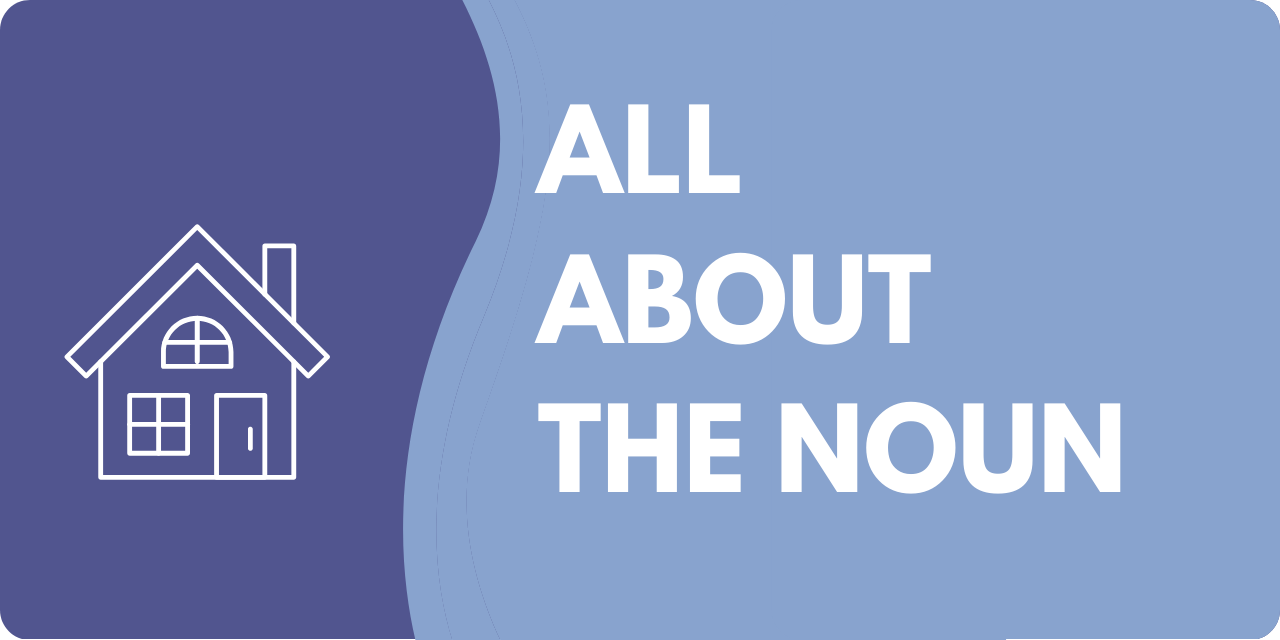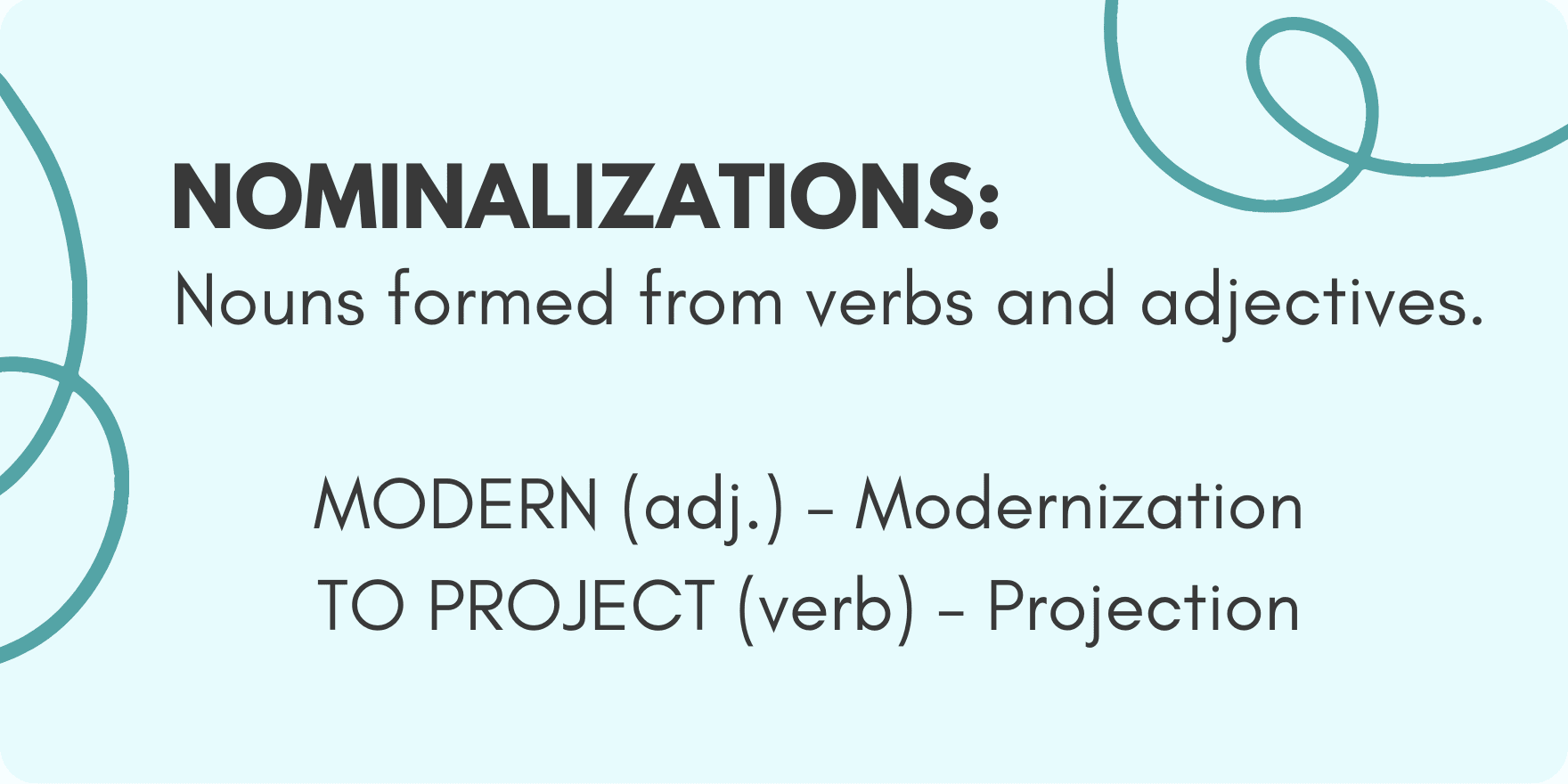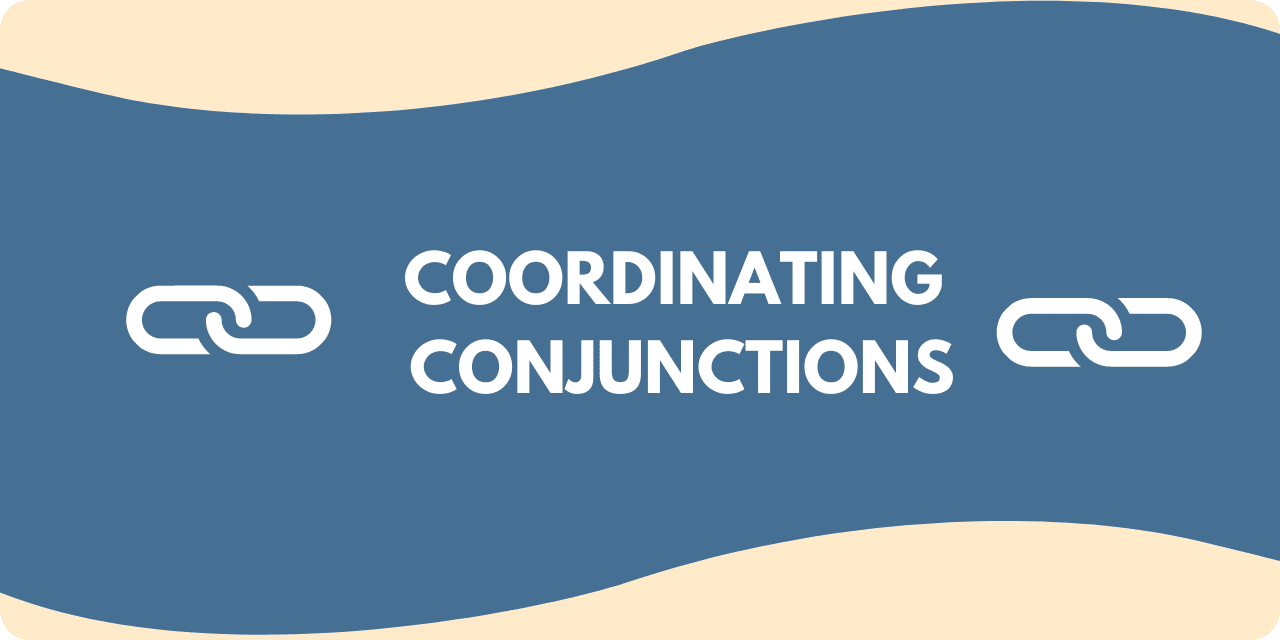Fundamental Components Of Sentences
To understand basic sentence structures, it is important to know the fundamental components that make them up.
Independent Clauses
Independent clauses are clauses that are characterized by the ability to stand alone as their unique sentence. This means they contain a subject and a verb, creating a stand-alone idea. For instance:
- He paints landscapes
- I like tacos
- They dance together
Dependent Clauses
Dependent clauses are clauses that do not form a complete sentence. They usually have to be added to an independent clause to finish the sentence. Some sources may refer to these as subordinated clauses.
- Even though he paints . . .
- Because I like tacos . . .
- Although they dance together . . .
Subjects
A subject is a person, place, thing, animal, or concept that completes an action in your sentence. To find the subject, you can ask yourself, “who or what?” is doing something in the sentence. Take a look at the following examples:
- He paints landscapes.
- I like tacos.
- They dance together.
- She loves swimming.
- We run every morning.
- They still outside every evening.
In these sentences, “he,” “I,” “She,” “We,” and “They” are the subjects of the sentence, as they are doing the action.
Verbs
A verb is the part of your sentence that tells the reader what the subject is doing. In other words, the verb is the action in the sentence. For instance, try to pick out the verbs in the following sentences:
- He paints landscapes
- I like tacos
- They dance together
In this case, “paints,” “like,” and “dance” are the verbs of the sentences because they describe what the subject is doing. While there are many types of verbs, most simple verbs end with “-s.”
Objects
An object in a sentence is the person, place, thing, animal, or concept that receives the action (or is acted upon). This usually comes in the second part of the sentence, and the verb usually precedes it. Try to find the object in the following sentences:
- He paints landscapes
- I like tacos
- They dance together
You guessed it! The objects in these statements would be “landscapes,” “tacos,” and “together” because they are what the verb is acting upon. For instance, “landscapes” is the object because it is a descriptor for the verb “paints.”
Prepositional Phrases
Prepositional phrases are short phrases that begin with a preposition. Some common examples are “behind,” “for,” “until,” and “during.” Prepositional phrases act to modify words in the sentence. Usually, this modification makes the sentence more complex and specific to a certain situation. For instance, look at the following sentences:
- He Paints landscapes at night
- I like tacos from the Mexican restaurant
- They dance together after class
Basic Structure Rules
Now that you know the very basic components of sentences, you can learn about the basic rules regarding their structure. The following points are common rules that most sentences should follow:
- Have a stand-alone idea that is complete.
- Contain a verb of some sort
- Contain a subject that is only used once
- Follow the order of subject, verb, object
- New sentences should always begin with a capital letter
- Must end with a form of punctuation (question marks, exclamation points, periods, etc.)
Simple Sentence Structure
Simple sentences must contain a subject and a verb to make sense. Additionally, they can also have objects and modifiers. However, they are necessarily required. According to the basic structure rules, they must contain only one independent clause. Some common examples from before include:
- He likes to paint
- I like tacos
- They dance together
Compound Sentence Structure
Compound sentences are characterized by containing two or more independent clauses. These separate independent clauses are usually linked together with a comma/conjunction or a semicolon. Here are a few examples:
- He likes to paint, and he likes to cook
- He finished his chores, and then he left for school
- They were working for hours but realized there was just too much to do
Complex Sentence Structure
Complex sentences contain one or more independent clauses and dependent clauses. In the case of complex sentences, the dependent clause can refer to the subject, the time, or casual elements of the independent clause.
Another important thing to know is that complex sentences starting with a dependent clause are always followed by punctuation such as a comma. Take the following sentences, for example:
- Although he was fond of dancing, he still enjoyed painting much more.
- I love tacos because they are so tasty.
- They finished all of their work early so they could dance together.
As you can see, combining multiple clauses allows you to create a wide variety of sentence structures. In addition to this, it can even change the meaning of your original simple sentence.
Compound-Complex Sentence Structure
Compound-complex sentences have one or more dependent clauses and at least two independent clauses.
- He was fond of dancing even though he wasn’t that good, and it felt like a waste of time.
- I love tacos because they are so tasty and healthy, not to mention they are cheap.
- With all of their homework done, they began to dance for hours, and they decided that it would be their new passion in life.
In the end, this structure can be very complex and hard to grasp. However, one last time is that you should treat these like complex sentences, with a few more clauses added on.
Want to sharpen your business writing skills? Discover our acclaimed online courses at syntaxtraining.com Whether you want to learn about taking taking meeting notes, become a master proofreader, master punctuation or tune-up your business writing skills, our courses are here to help you.






